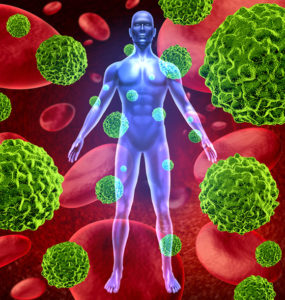
The classic med school model of practicing surgery on cadavers may soon be a thing of the past. Some doctors are now using 3-D printing models of patients’ organs as guides to improve outcomes of cancer treatment.
3-D Printing Improves Success of Prostate Cancer Treatment
While 3-D printing has been around since the mid-1980s, it’s just now coming into focus as a valuable tool for medical applications. One of the current pioneers of 3-D “surgery” is the USC Institute of Urology of Keck Medicine of USC.
Surgeons such as Dr. Inderbir Gill, executive director of the Institute, are using 3-D printed organs for patients with prostate cancer. The reproduction allows doctors to determine the precise location of tumors, which is virtually impossible to do during actual surgery.
Working with a 3-D model also helps surgeons reduce the risk of serious side effects that can occur during contact with areas surrounding the prostate. According to Dr. Gill, precision tools such as 3-D printing greatly improve the chances of completely removing the cancer.
Fine-Tuning Medication Dosage with 3-D Models
Another promising application of 3-D medical printing in cancer treatment involves the use of radiopharmaceuticals. Drugs containing radioactive material are administered to patients intravenously, orally, or placed inside a body cavity.
It’s challenging to determine a radiopharmaceutical dose that’s powerful enough to kill cancer cells without damaging healthy tissues as well. 3-D printing provides a vehicle to find the right balance.
Issels® Leads the Way in Non-Toxic Cancer Treatment
Our personally developed immunotherapy programs reduce the risk of harmful side effects found in traditional treatments. Contact us for more information.

 Metastatic cancer, where tumors spread from the original site to other parts of the body, presents a significant challenge for cancer treatment. Current research is causing scientists to rethink the
Metastatic cancer, where tumors spread from the original site to other parts of the body, presents a significant challenge for cancer treatment. Current research is causing scientists to rethink the 


